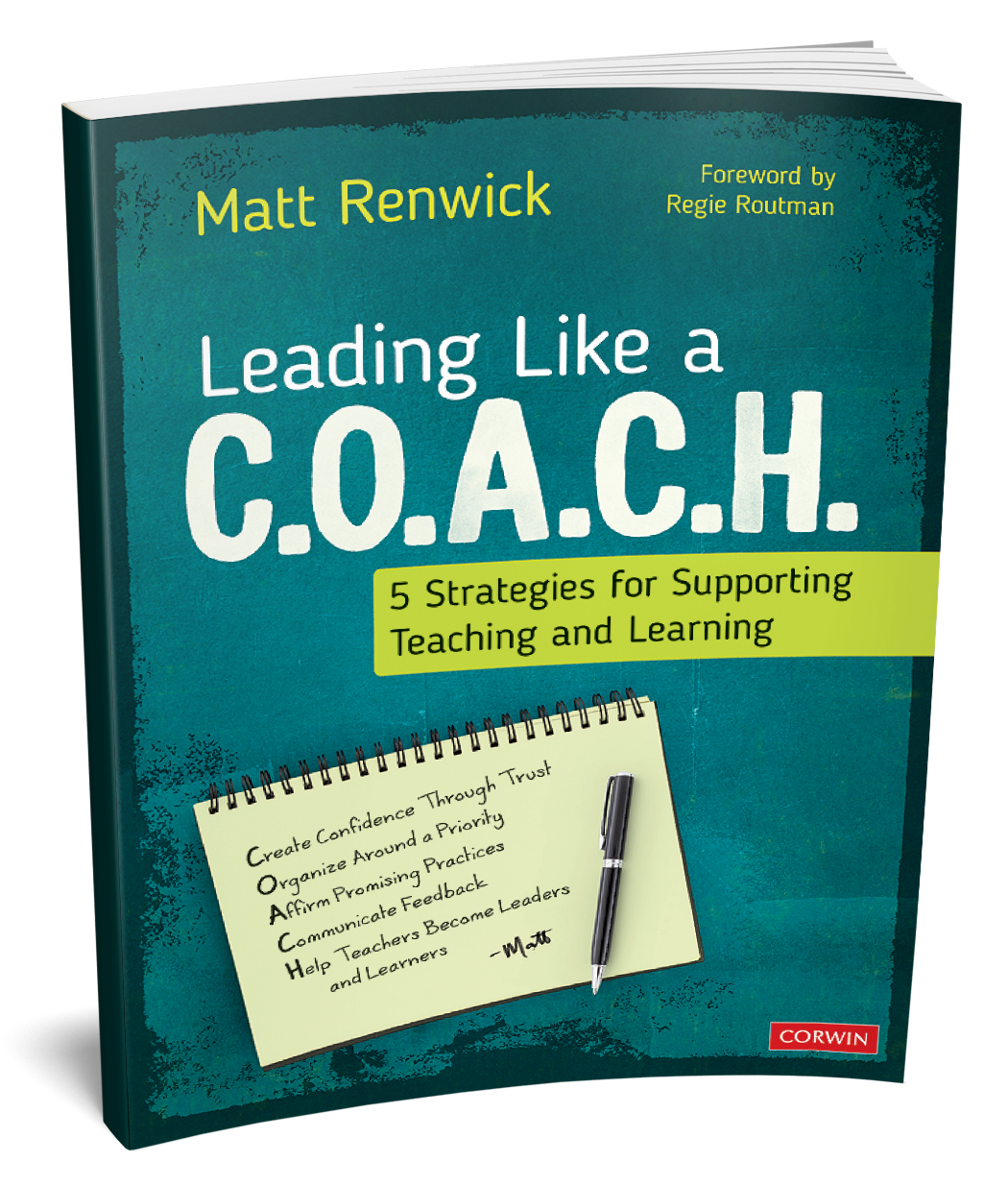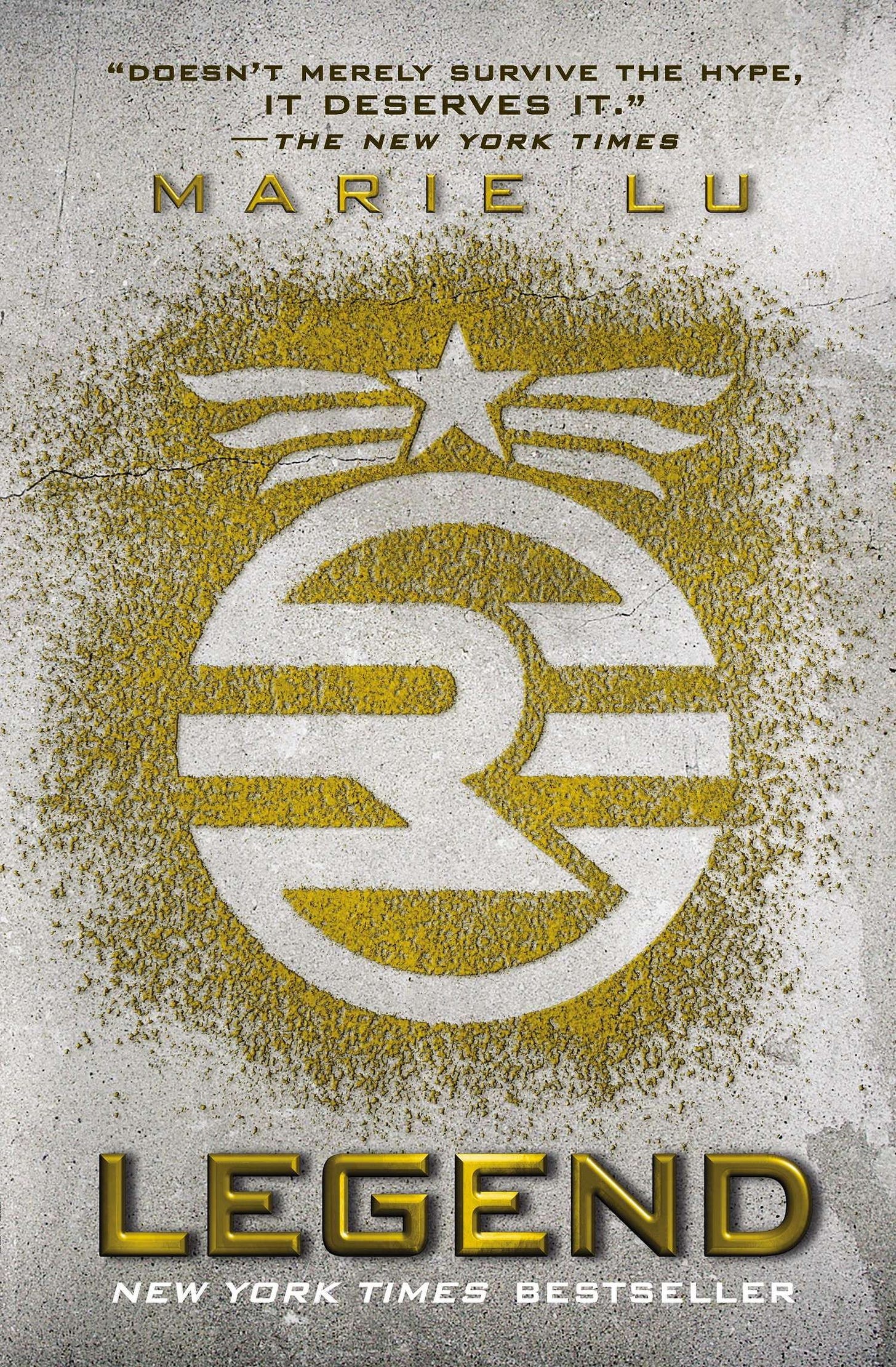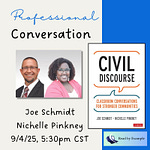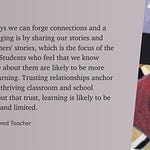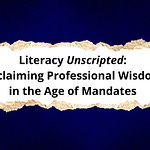In this excerpt from my book Leading Like a C.O.A.C.H., I described my experience observing a book club-style discussion via Zoom. I learn as much as anyone when I visit classrooms with a stance toward curiosity.
Instructional walks offer a responsive and authentic approach to continuous professional development for all educators.
This development includes principals. I have learned as much as my teachers have from my regular classroom visits. Until instructional walks became a priority, my background in literacy was limited to the resources I read while teaching full time.
For example, during an instructional walk in an online middle level classroom, I observed students discussing the books they were reading for their clubs. Within the video conferencing tool, they would take turns sharing their thinking about what they had previously read, prompted by their teachers (Dalton Miles, Kris McCoy).
As the group transitioned to a whole group reading strategy lesson, I thought to myself, “The teachers devoted significant time for students to share their understanding. Would it have been more efficient to give a quick quiz?” This thinking was partially based on this new platform (Zoom); instruction seems to require more time when online. Yet I knew my role was not to judge but to notice what was occurring through an appreciative lens. So, I continued to observe as the teachers demonstrated their thinking processes for one of the books they were reading.
Later, I emailed my notes to the teachers, acknowledging the opportunity they gave their students to share their understanding of what they had read so far. I also wondered why they devoted that amount of time to check for understanding.
Through our conversation, I learned that public check-ins help everyone construct meaning about the text. In addition, the teachers would use their responses as teaching opportunities. For example, a student shared their observation from Legend by Marie Lu that mortality rates were high in their science fiction story. Dalton responded: "Things aren't great in this dystopian American society." This follow-up affirmed the student’s thinking and included genre-specific terms in the discussion for the group to hear.
My initial belief was to maximize instructional time in the form of direct teaching and brief assessments. What I learned is that giving students the opportunity to share their thinking about their books is instructional time. The teachers’ responsive approach to facilitating conversations around books also encouraged them to identify as readers.
With an open mind during the walk, my understanding improved. I remembered the importance of assuming a teacher believes they are doing the best they can for their students, and then recognized the authentic environment they created for readers.
Had I come into the classroom with only my pre-existing thinking about reading instruction (which does not include any experience teaching these grades), our conversation may not have led to a better understanding on my end, nor the teachers affirmed in their practice. Our conversation around their decision making was supported by my curiosity.


